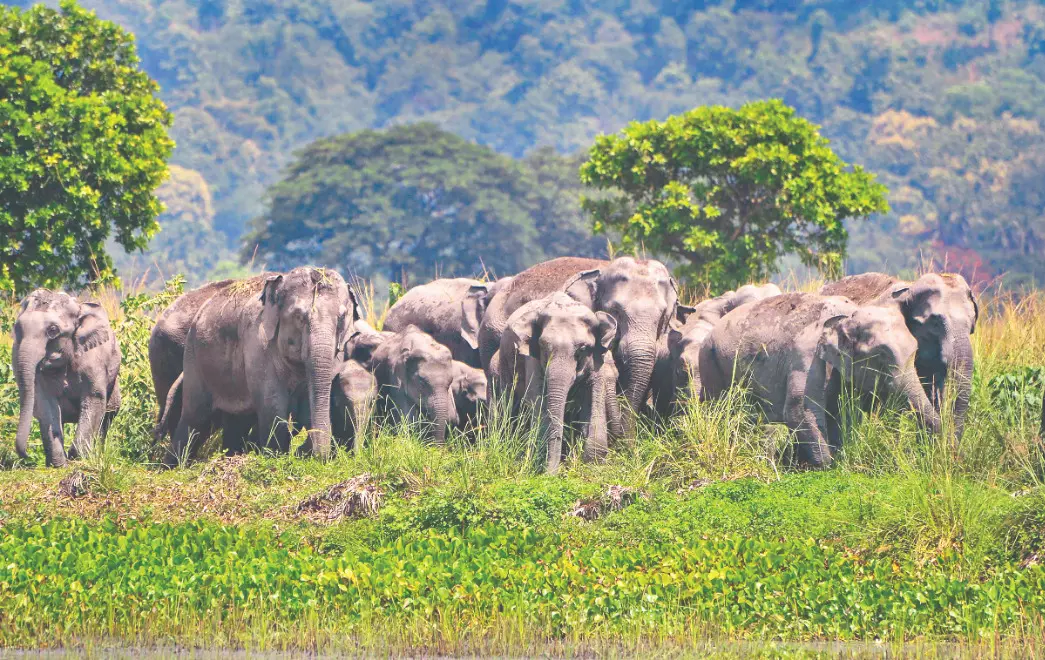Wild elephant numbers drop by 18%

New Delhi: India’s wild elephant population has been pegged at 22,446, marking a decline from 27,312 recorded in 2017, according to the country’s first DNA-based census released on Tuesday. The All-India Synchronous Elephant Estimation (SAIEE) 2025 places the population range between 18,255 and 26,645, establishing a new scientific baseline for future monitoring and conservation.
The survey, a joint initiative of the Environment Ministry, Project Elephant, and the Wildlife Institute of India, was launched in 2021 and delayed by nearly four years due to the extensive genetic analysis and data validation required. Officials said it represents the most advanced and comprehensive enumeration of the species ever undertaken in India.
Field teams collected 21,056 dung samples across elephant landscapes, covering about 6.7 lakh kilometres of forest trails and 3.1 lakh dung plots. Using DNA fingerprinting, scientists identified 4,065 unique elephants, applying a mark-recapture statistical model to derive the national estimate. The multi-phase process combined ground surveys through the M-Stripes app, satellite-based mapping of habitat quality and human footprint, and laboratory-based genetic profiling.
Regionally, the Western Ghats continue to serve as the largest elephant stronghold with 11,934 animals, followed by the North Eastern Hills and Brahmaputra floodplains, which support 6,559. The Shivalik Hills and Gangetic plains hold 2,062 elephants, while Central India and the Eastern Ghats together account for 1,891.
At the state level, Karnataka remains home to the largest population with 6,013 elephants, followed by Assam (4,159), Tamil Nadu (3,136), Kerala (2,785) and Uttarakhand (1,792). Odisha hosts 912 elephants, while Chhattisgarh and Jharkhand together have over 650. In the Northeast, populations include Arunachal Pradesh (617), Meghalaya (677), Nagaland (252) and Tripura (153). Central Indian states like Madhya Pradesh (97) and Maharashtra (63) continue to support small, fragmented herds.
India accounts for over 60 per cent of the global population of Asian elephants. However, experts warn that shrinking habitats due to encroachment, infrastructure expansion and human-elephant conflict remain major challenges to their long-term survival. The 2025 estimation, officials said, provides a stronger foundation for conservation strategies in the years ahead.



